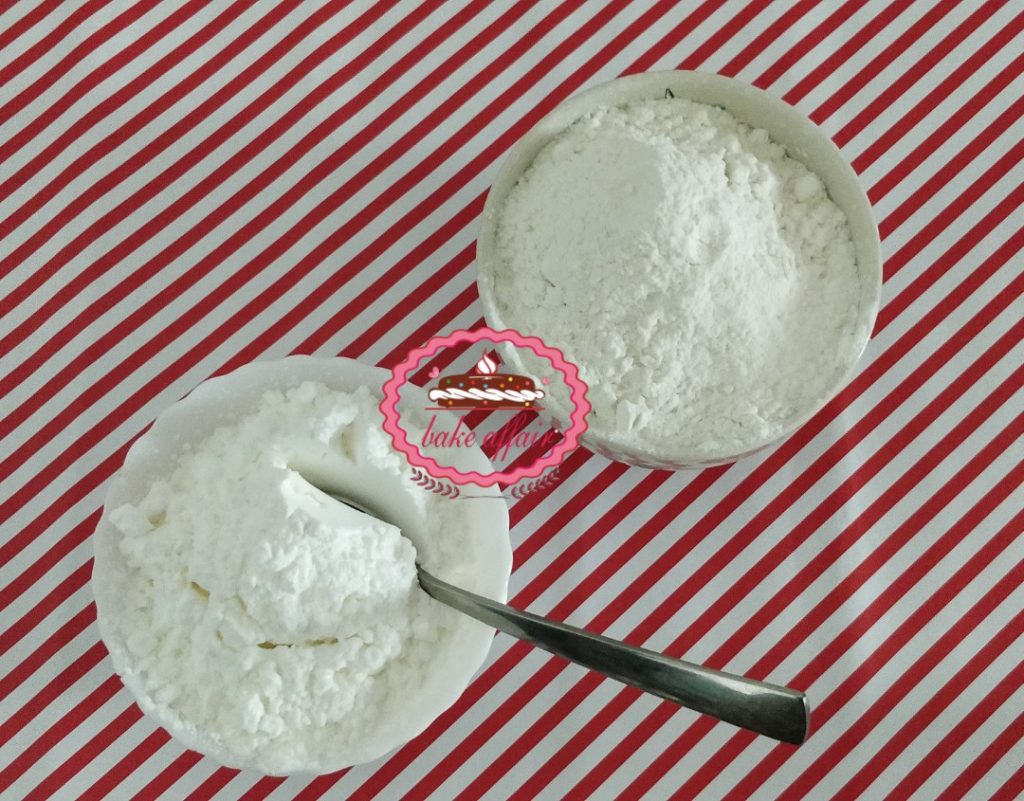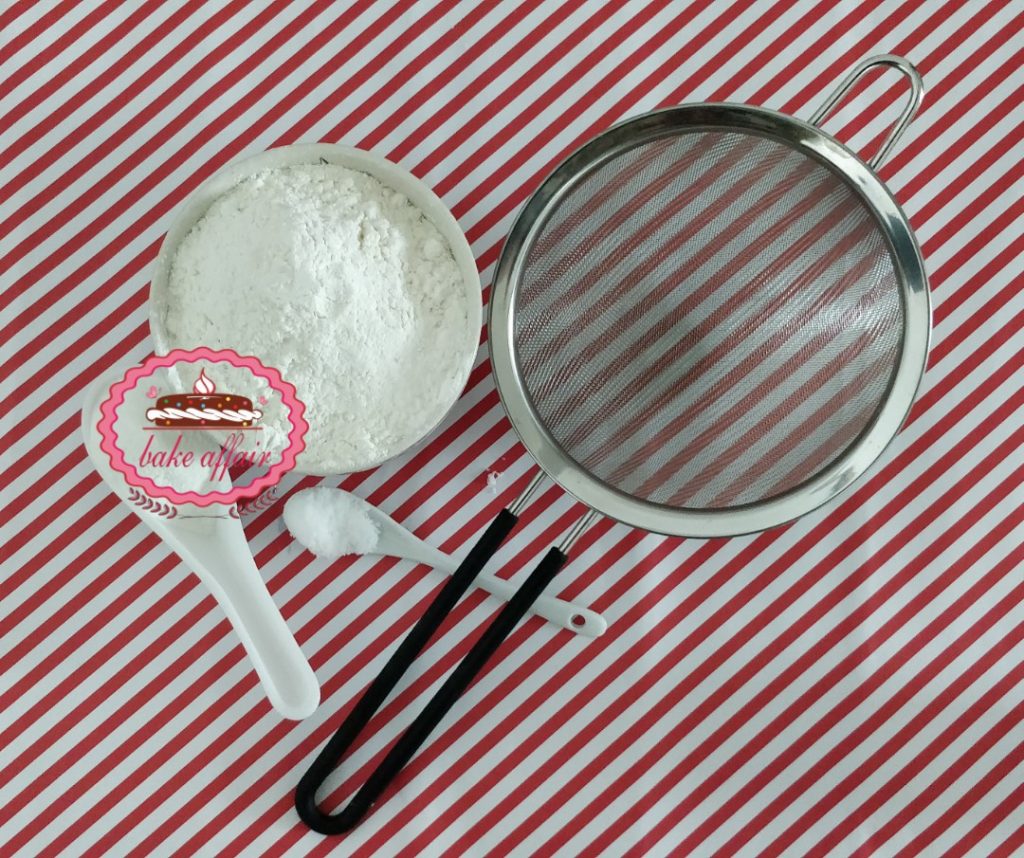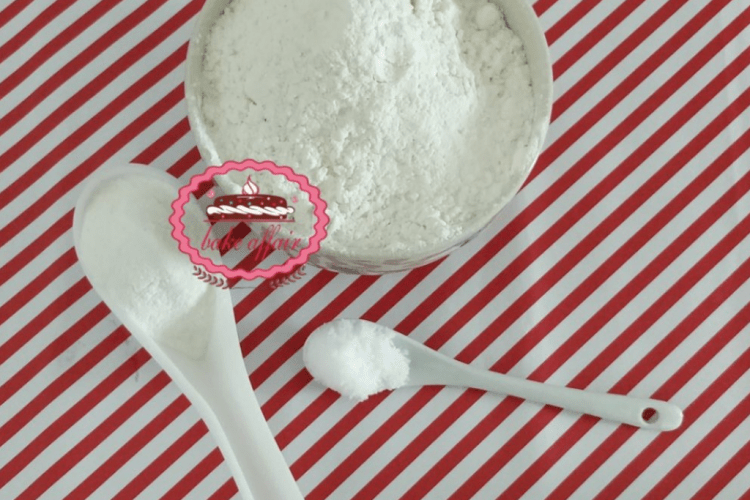Plain Flour, Cake Flour, Self Raising Flour : The Big Difference Between Them
Plain or All Purpose Flour (APF), Self-Raising Flour, Cake Flour.. what are these big terms floating around and how do I go about differentiating one kind of flour from another? What if I use the wrong flour in a recipe? Would that spell disaster? Aargh! Is baking such Rocket Science? She said she makes Cake Flour and Self-Raising Flour herself! Well, can she really?
Okay, its time we addressed these questions head on.
First things first. Let us begin by understanding flour. We get flour from wheat, which is often milled with its bran. There are different kinds of flour and may differ in their softness, protein and other factors.

Protein is what develops into gluten when liquid is added to the flour and the flour is worked (kneaded or mixed). Gluten is the one responsible for giving structure to baked items. Having said that, excessive gluten could result in a tough and chewy product.
So clearly, if we’re looking for a delicate cake structure (like in a Chiffon Cake or Angel Food Cake for example), we obviously need flour that has a low protein content. That’s where Cake Flour comes in.
Cake Flour:
Cake flour is milled from a softer variety of wheat than maybe APF. It is low-gluten and may possible be chemically altered. Thus making it more suitable for Cakes. The standard protein content in Cake Flour is about 8 percent, which is the lowest whereas APF has about 11 percent protein. This flour has cornstarch added to it in a certain percentage.

So Can I make Cake Flour in my Kitchen?
Of course you can!
How to make Cake Flour:

For every cup of APF, replace 2 tablespoons of APF for the same amount of cornflour and sift them together as many as 3-5 times. In other words, to make 1 cup of Cake Flour, you need:
- 1 cup of all-purpose flour
- 2 tbsp of cornstarch
Just take out 2 tablespoons of APF from this and replace it with the same quantity of cornstarch.
Now give it a good mix with your whisk and remember to sift it as many as 3-5 times to achieve that airy lightness.
Now yes, there will be some difference between store-bought Cake Flour and Kitchen-made Cake Flour in that you cannot alter the protein content to make it identical to the store-bought one. But can I tell you a secret here? It is still good enough.
So you go girl, and make your own Cake Flour!
Self-Raising Flour:
Self-raising flour is essentially APF that has salt and Baking Powder mixed in it. So the only advantage really is that at the time of baking, you do not need to add baking powder to it.

But then again, if your Self- Raising Flour is old, the baking powder in it may have become inactive and then your Self Raising Flour is as good as APF.
So now the question arises if you can make Self Raising Flour at home. Well, if you can add salt and baking powder to it, you can.
How To Make Self-Raising Flour:

For every 1 cup of APF, add 1/4 tsp salt and 1 1/2 tsp baking powder. Whisk and then sift them together as many as 3-5 times. In other words, you will need:
- 1 cup of All Purpose Flour
- 1½ tsp of baking powder
- ¼ tsp of salt
Whisk them together and then sift them together as many as 3-5 times to make it airy and light. And that’s your Self Raising Flour ready!
So now you will never feel daunted by these big names. Let me know your opinion in the comments section. I love hearing from you! Also don’t forget to follow me on Instagram @anjalisbakeaffair


Great blog. I love it.
Looking forward to more information.